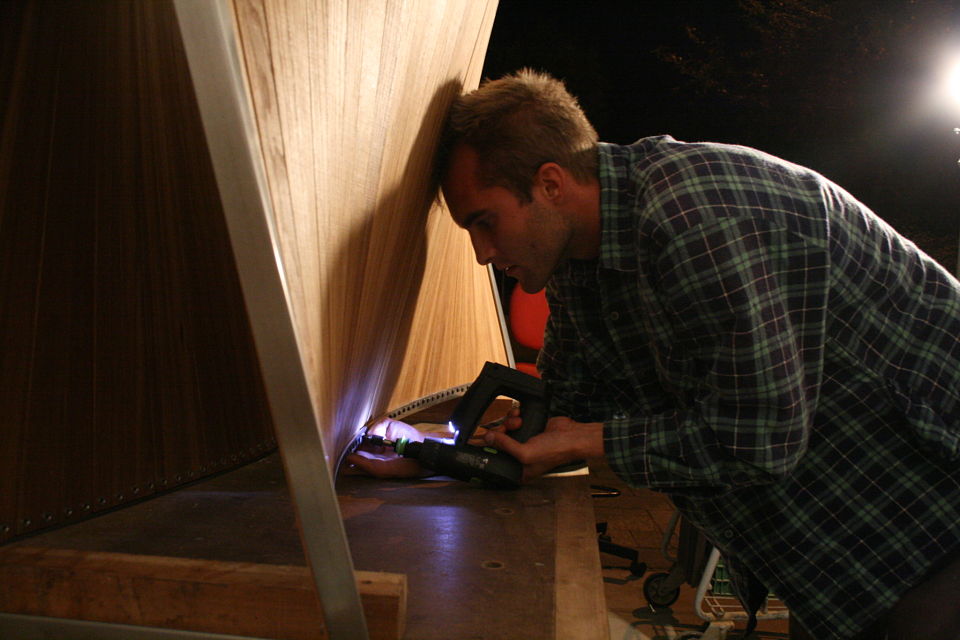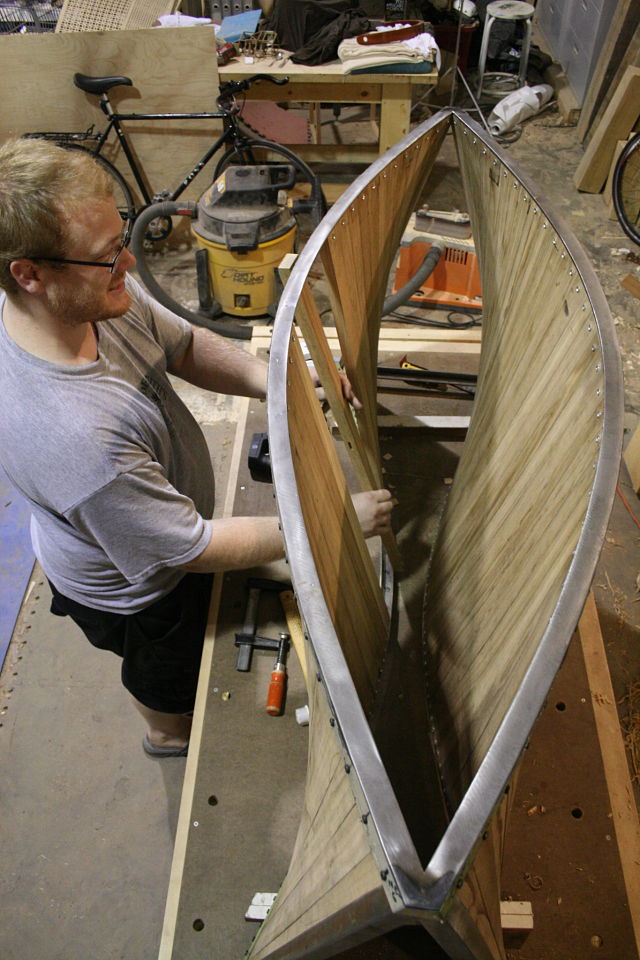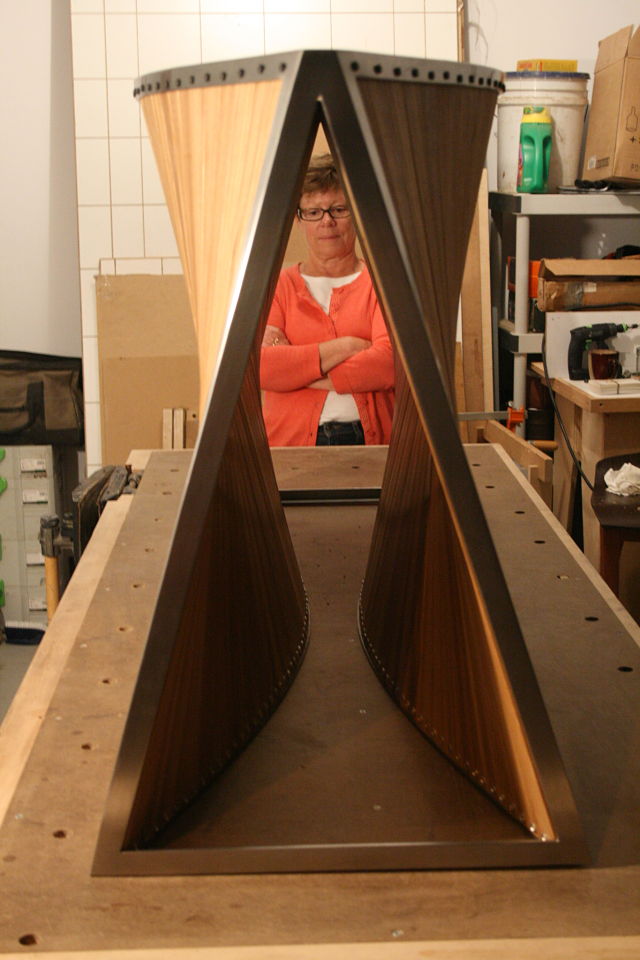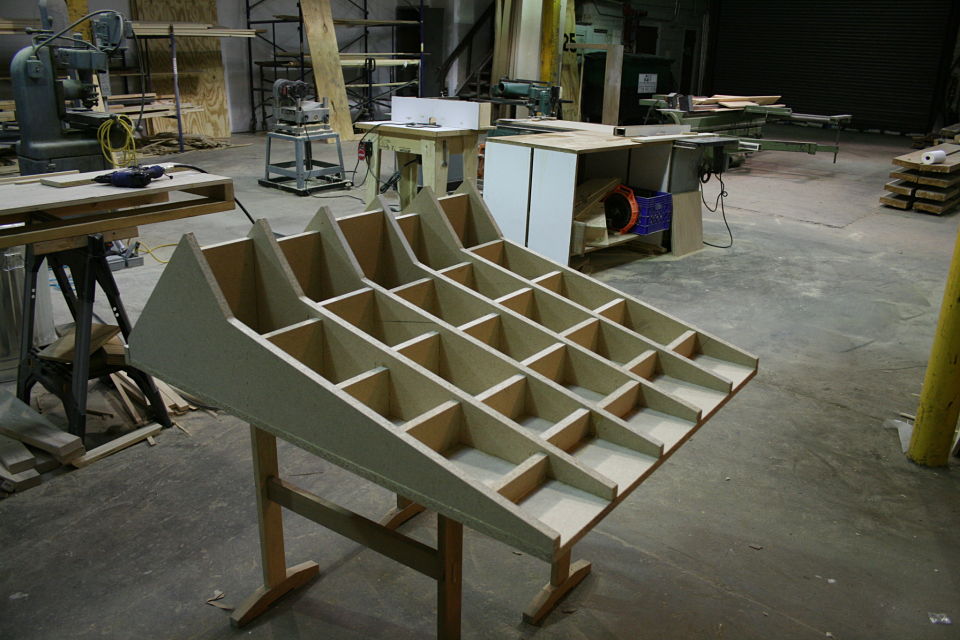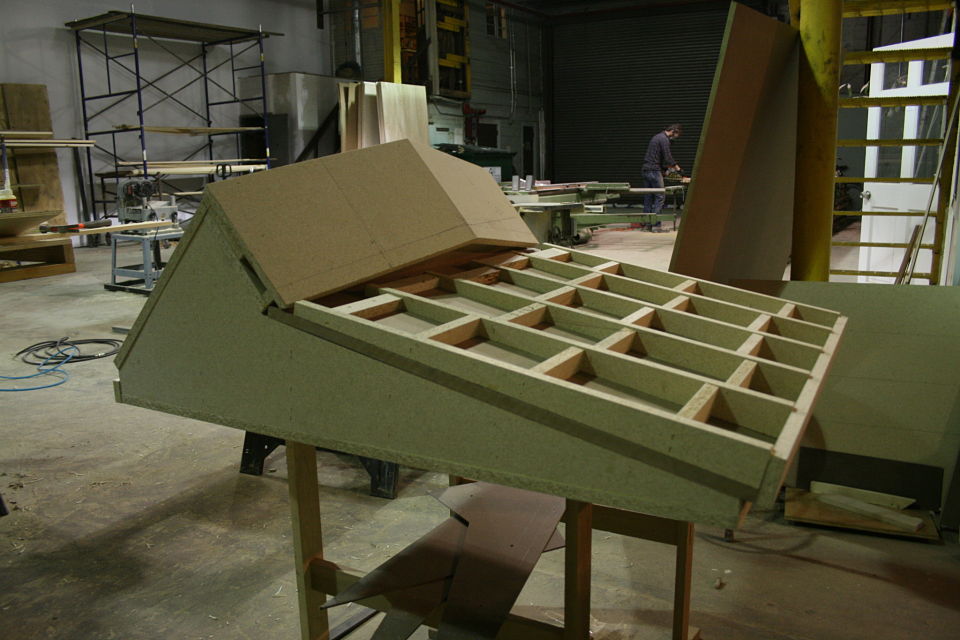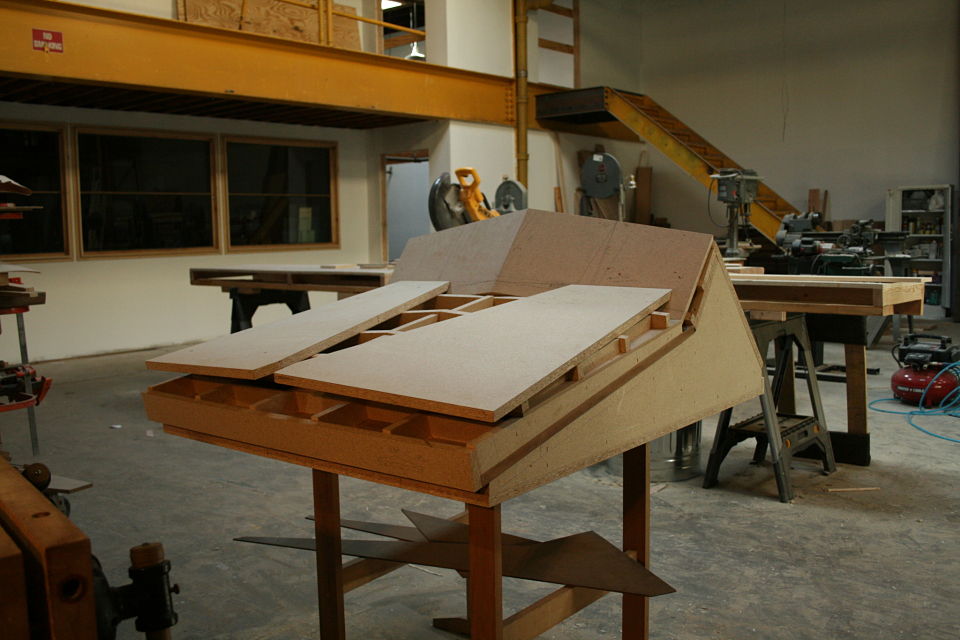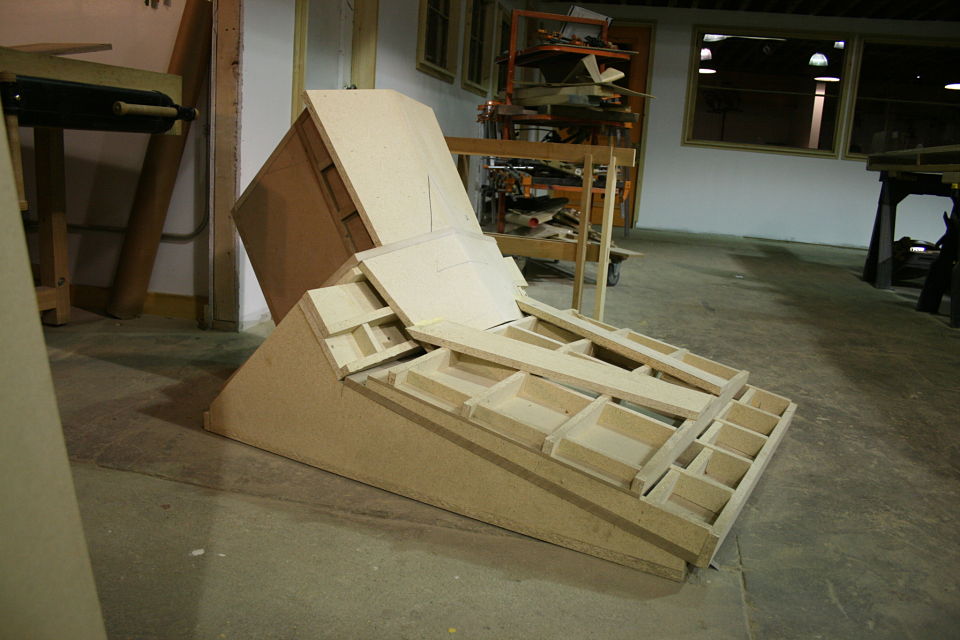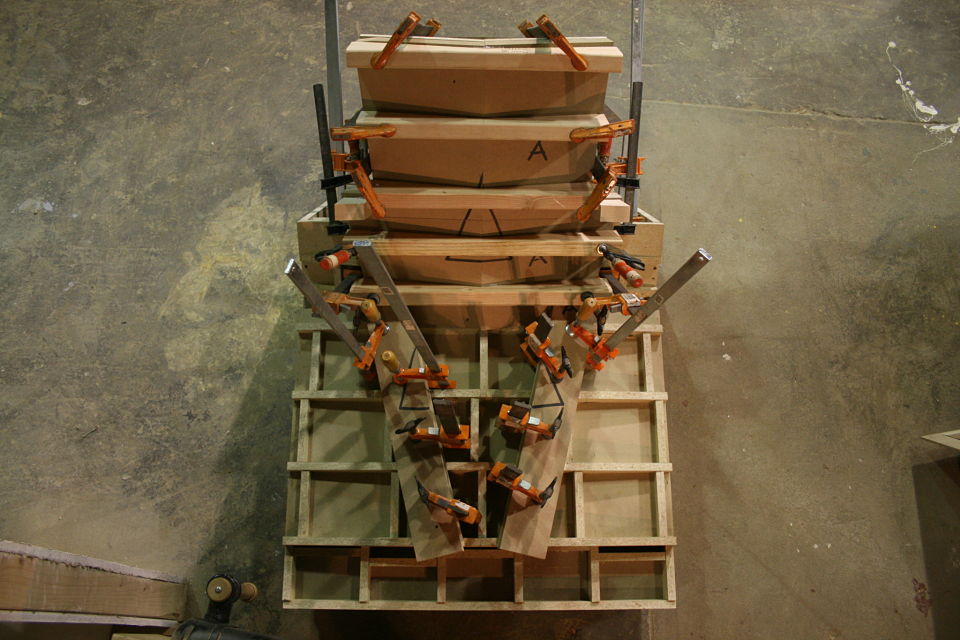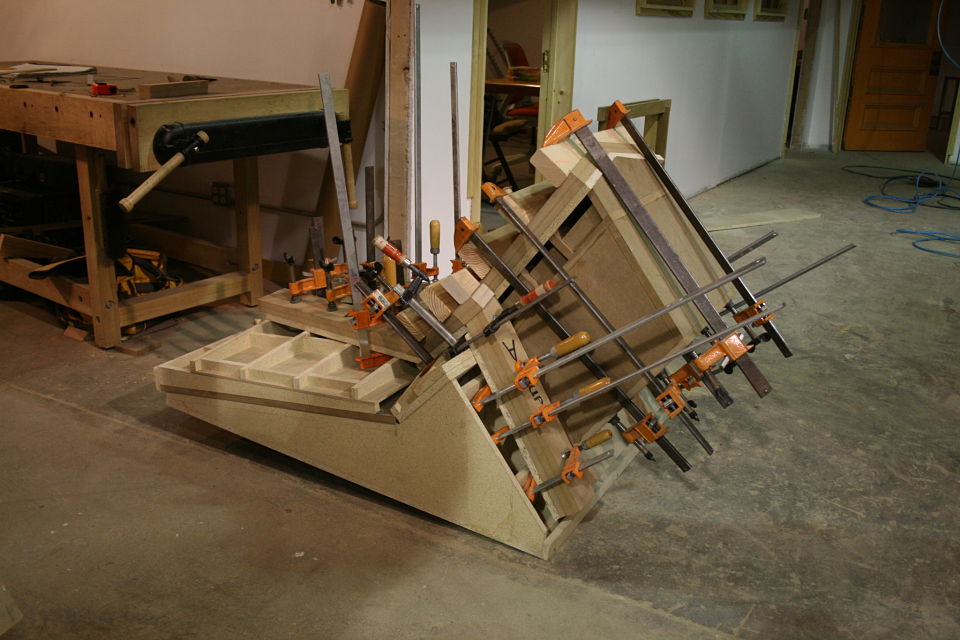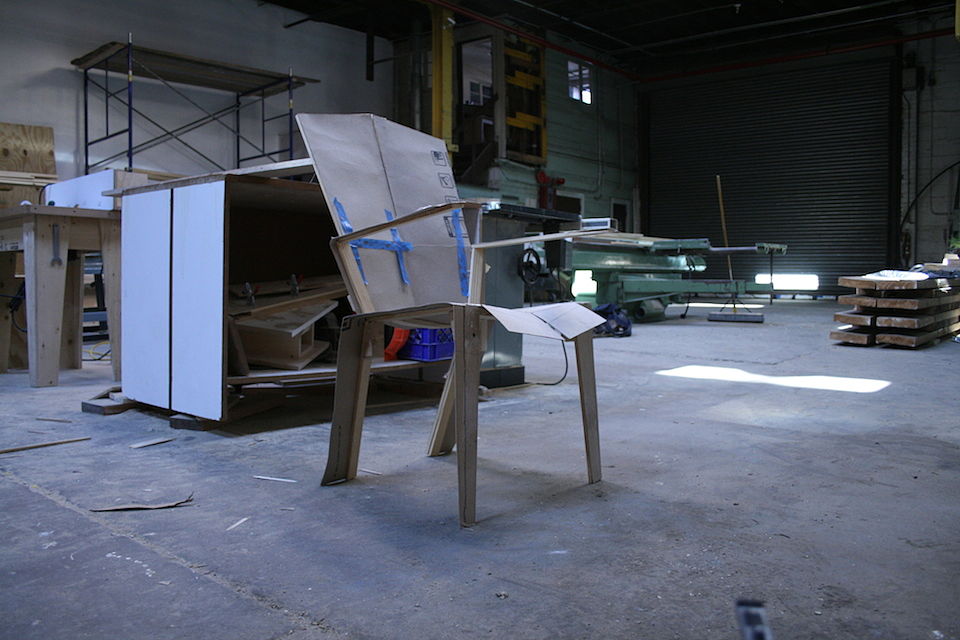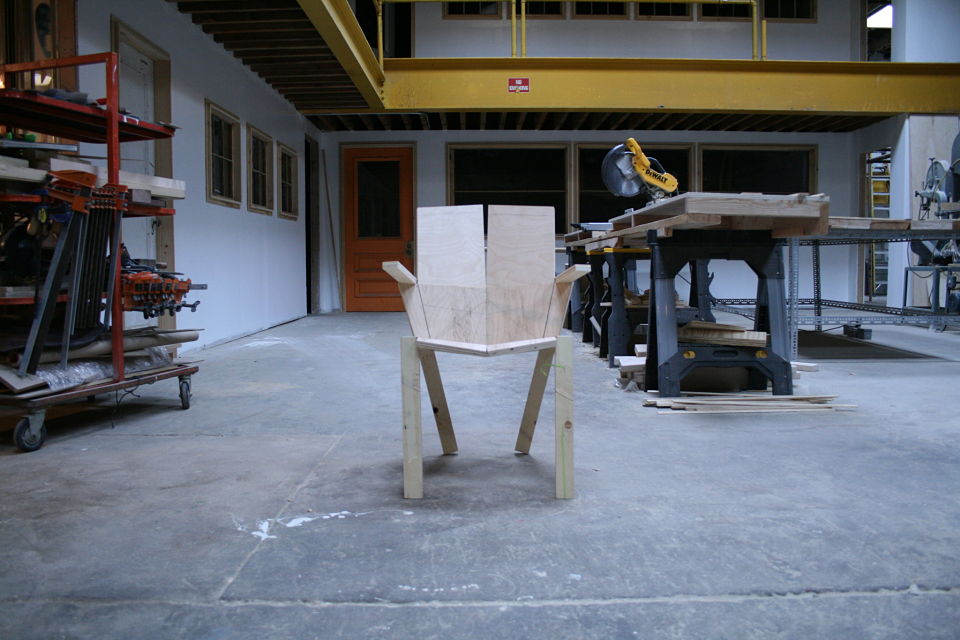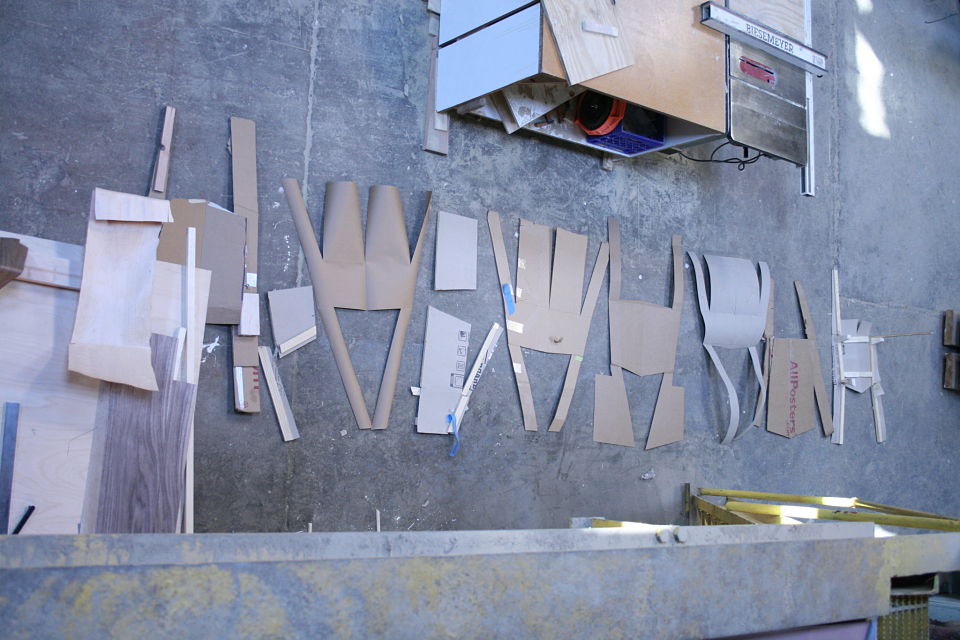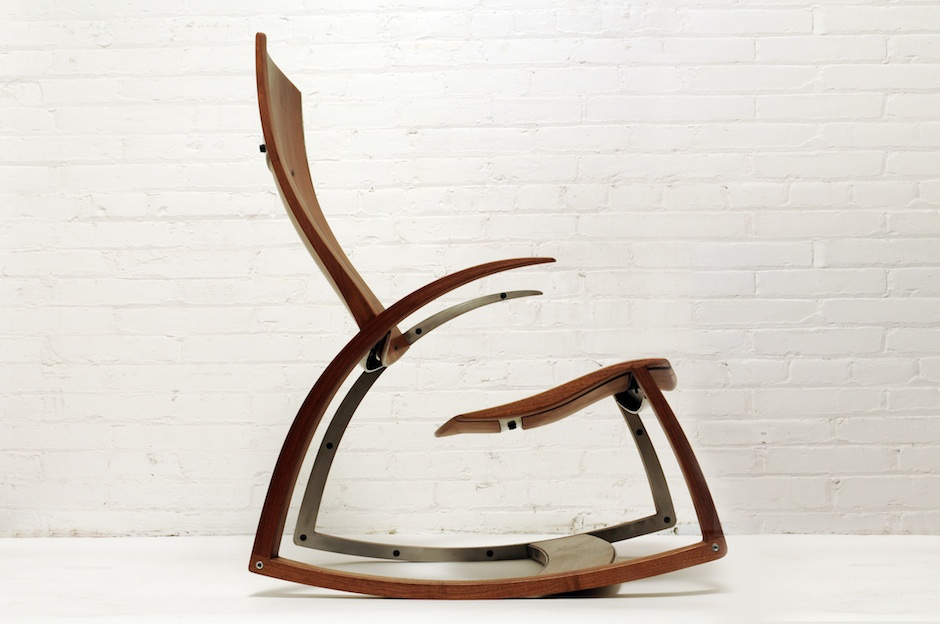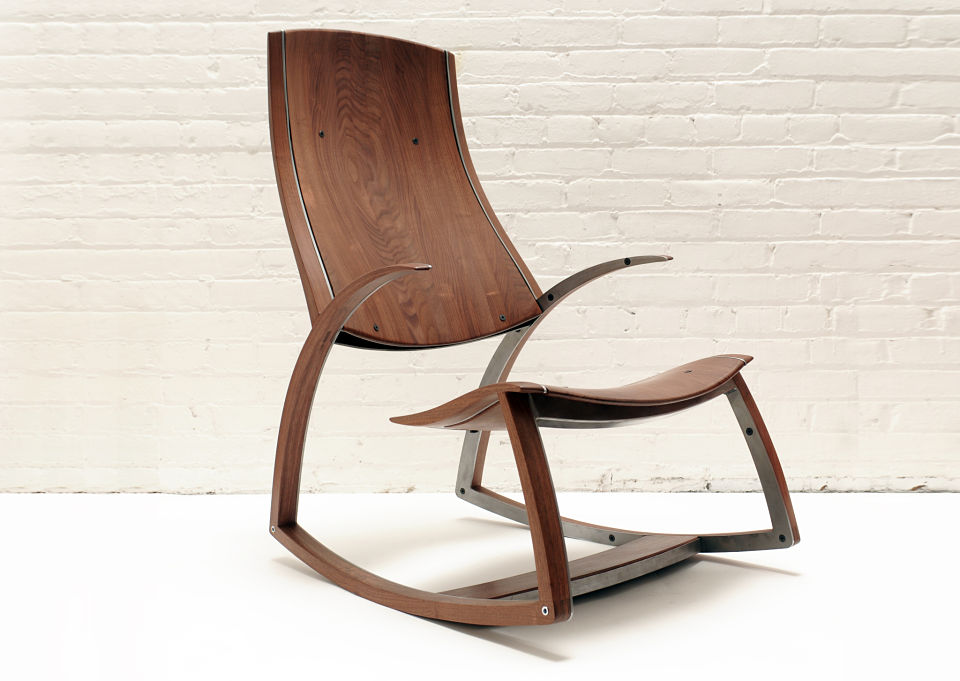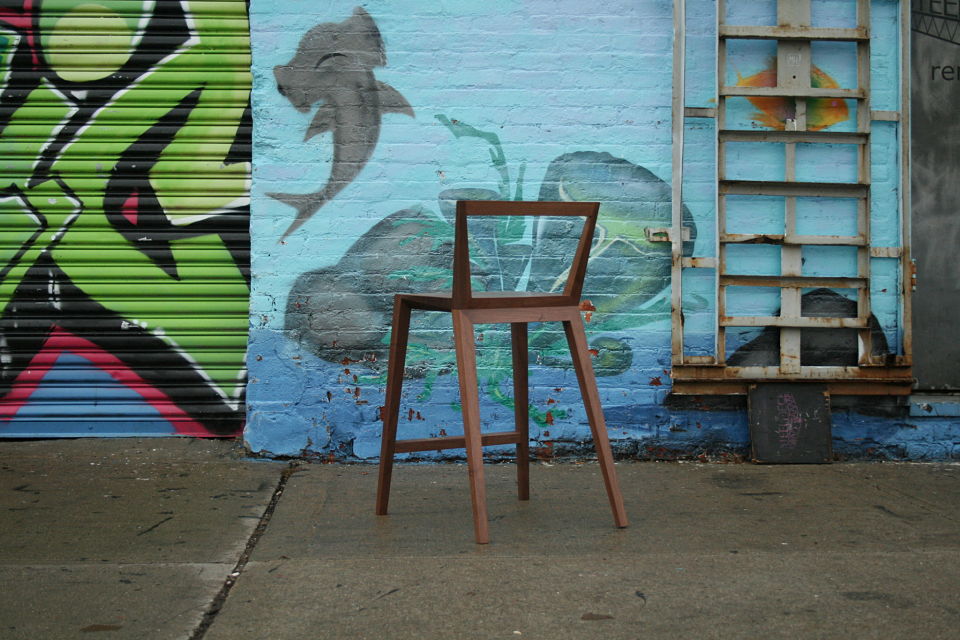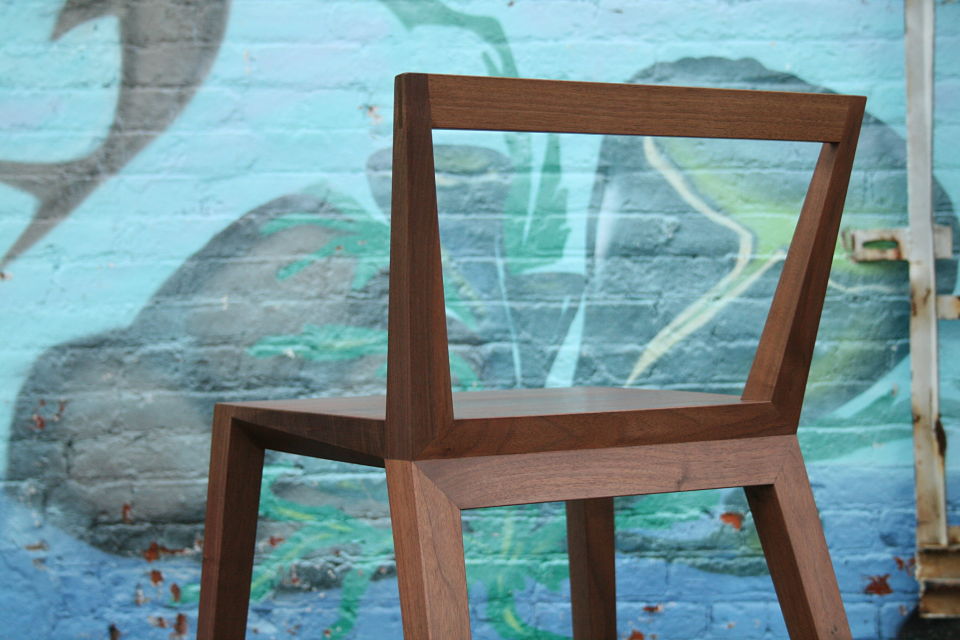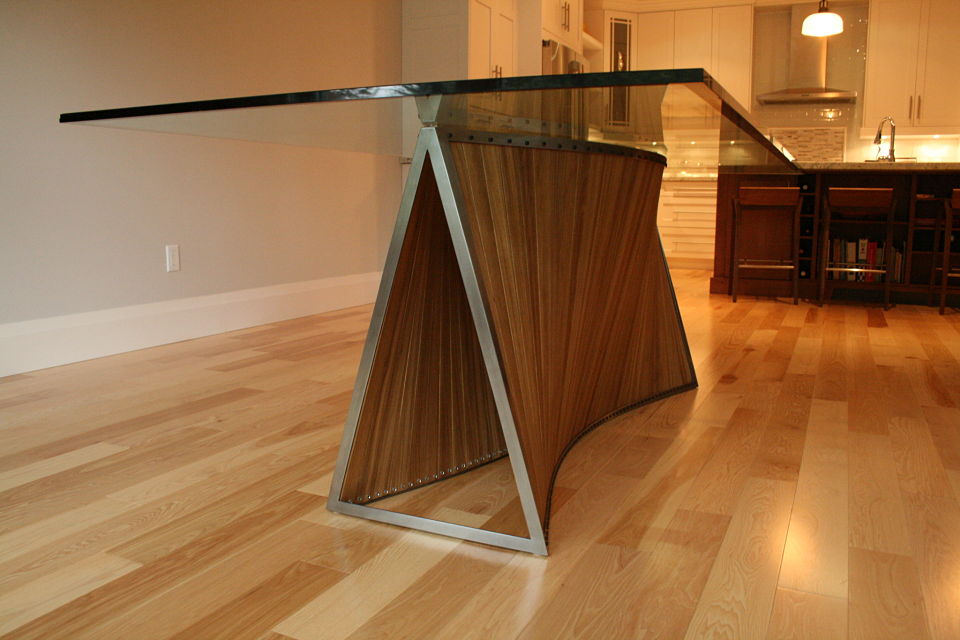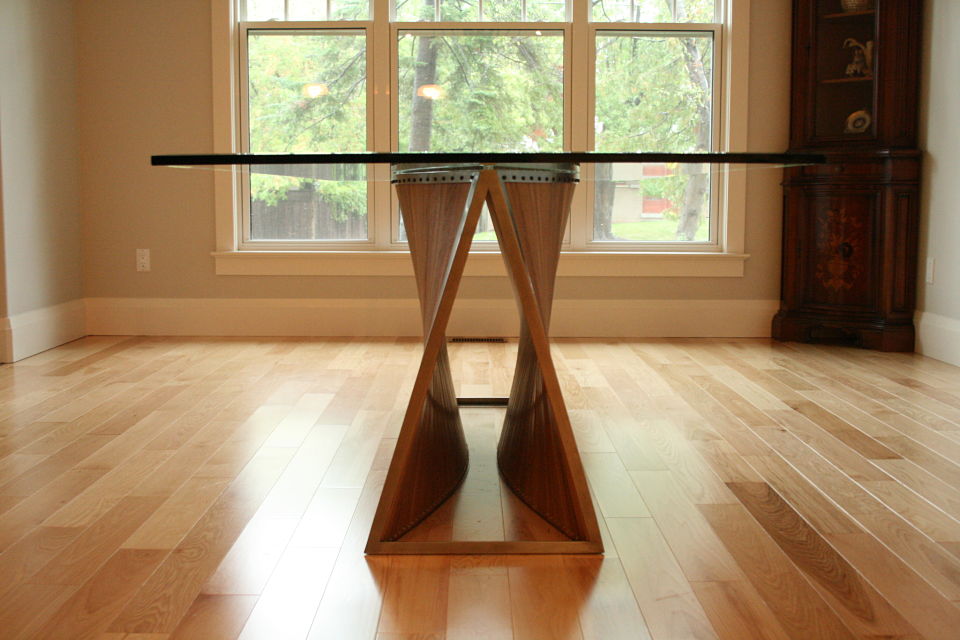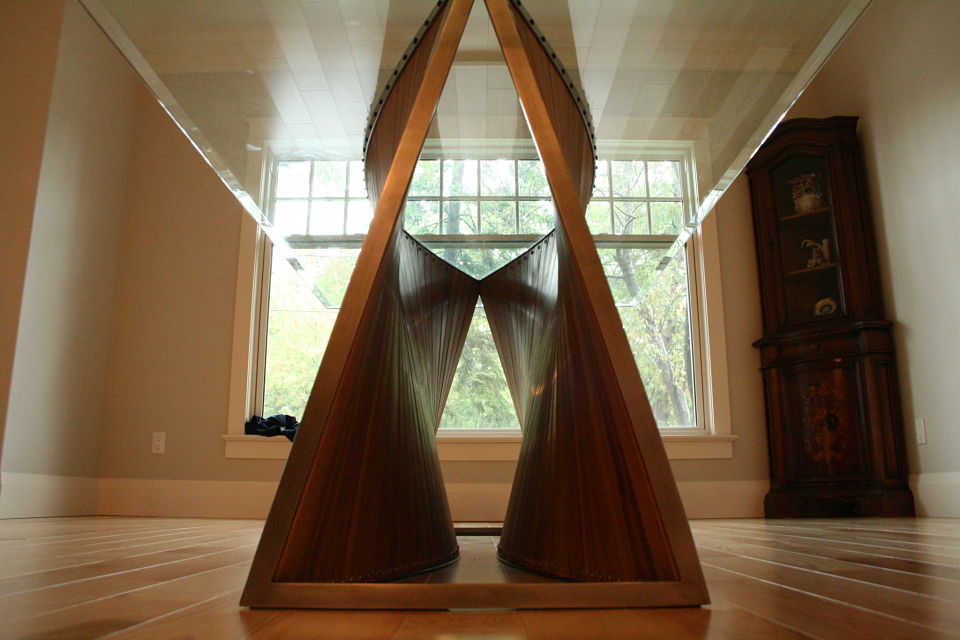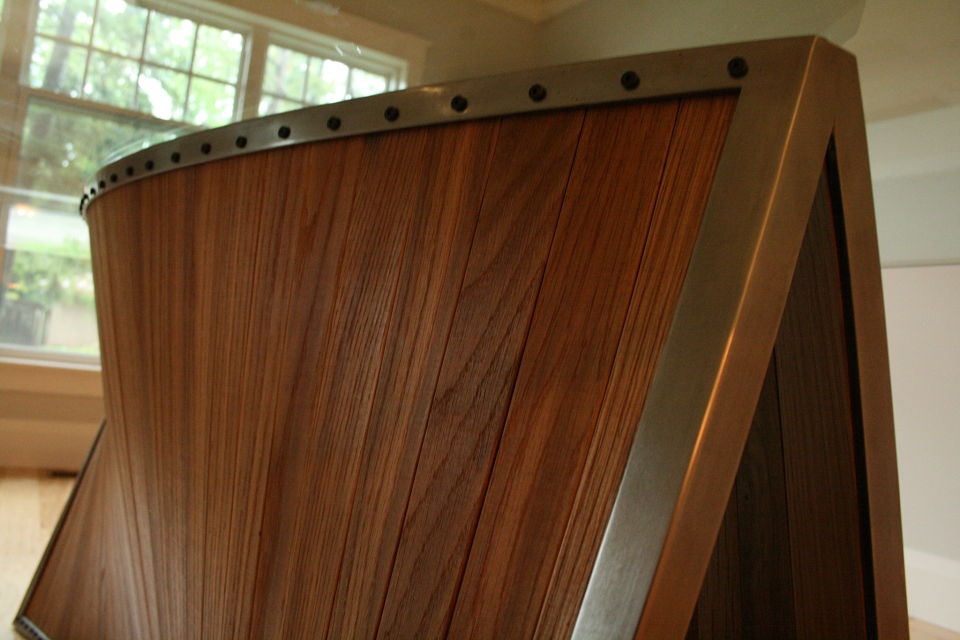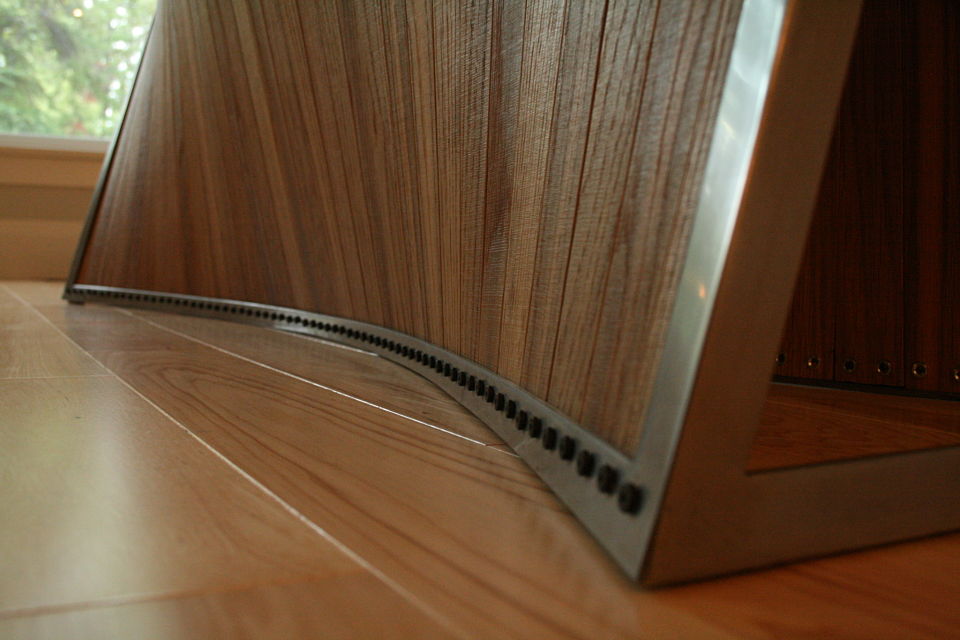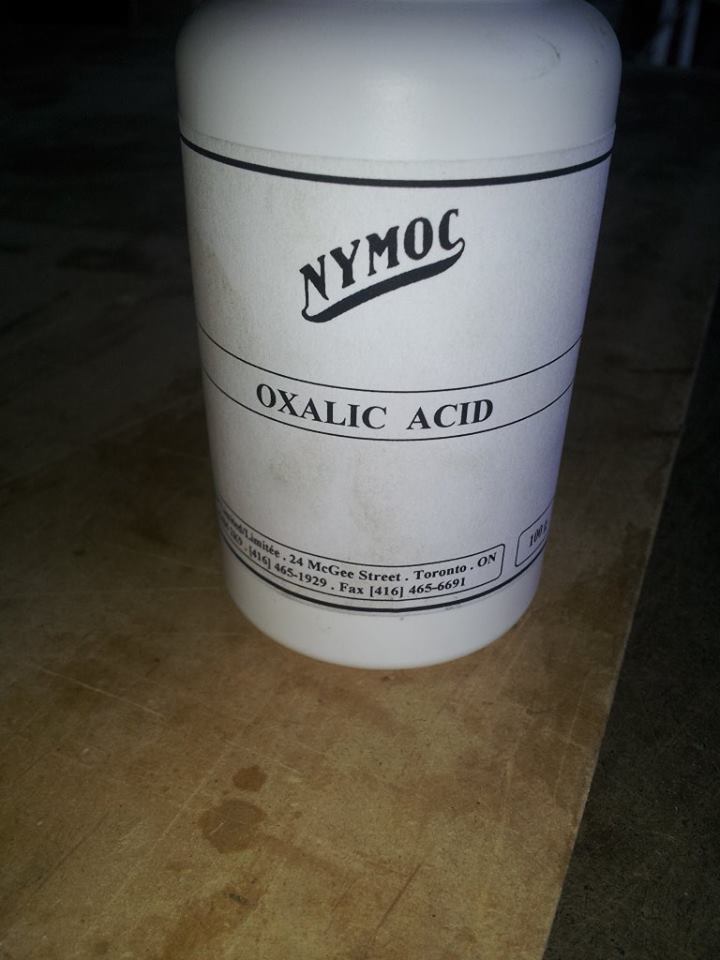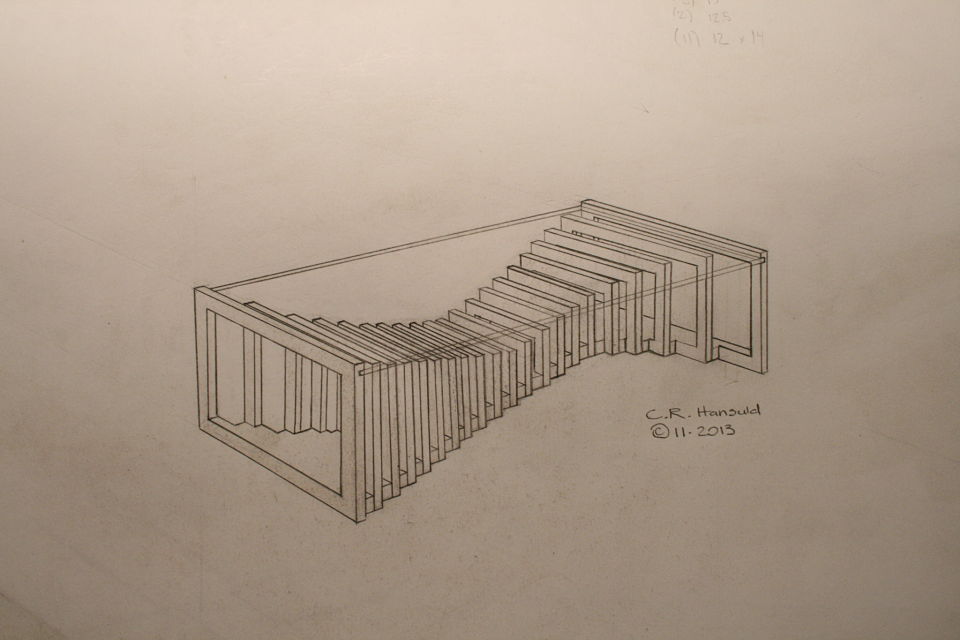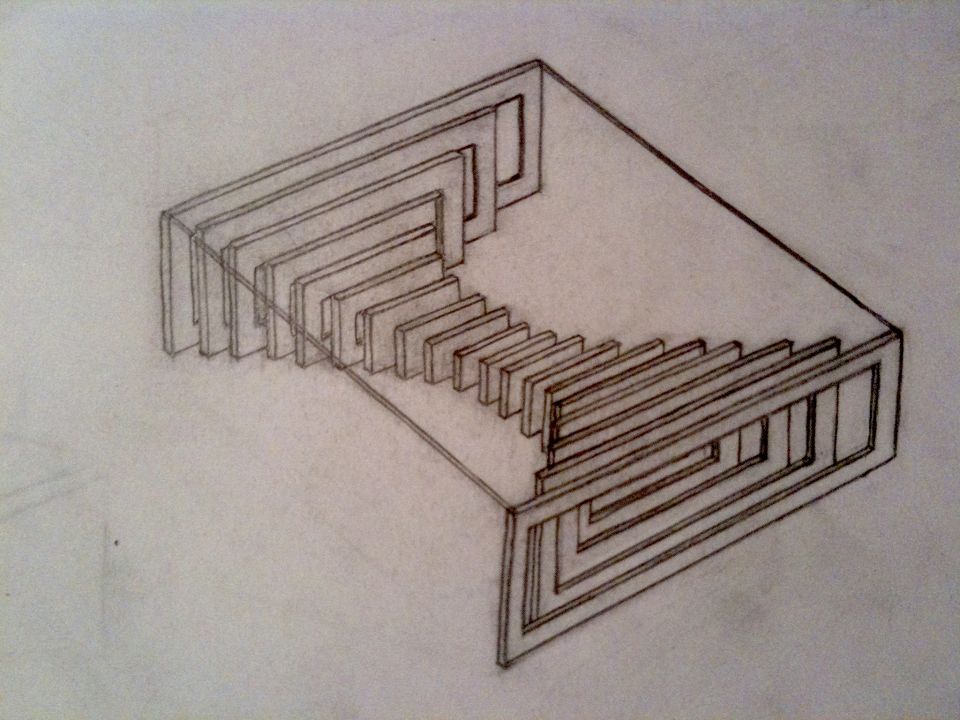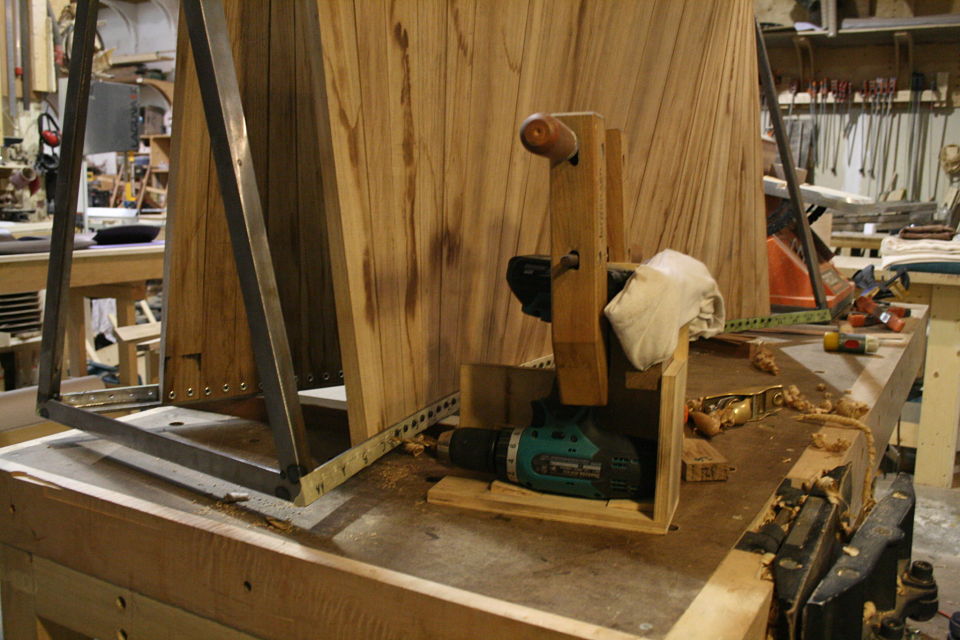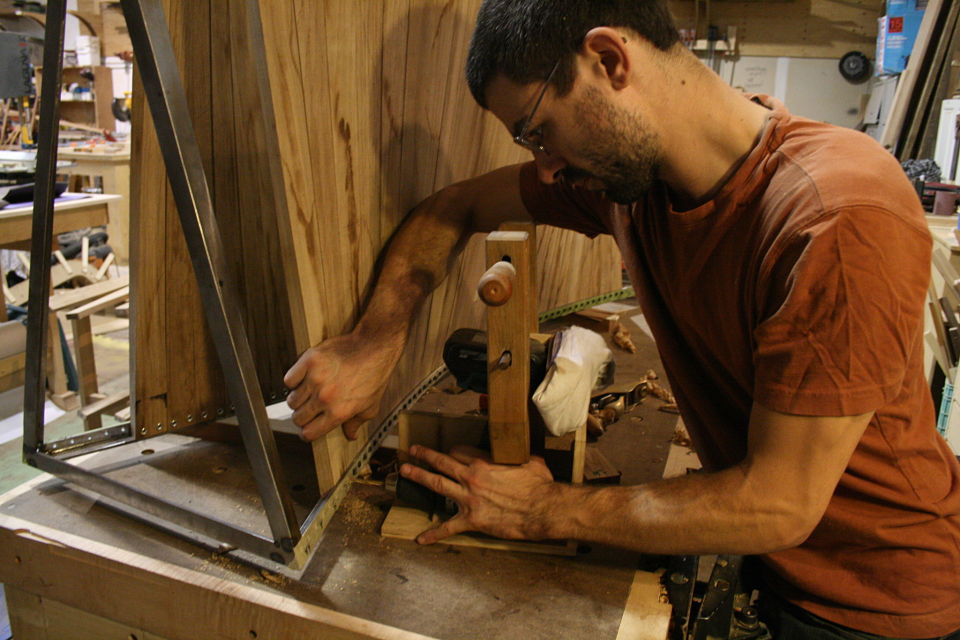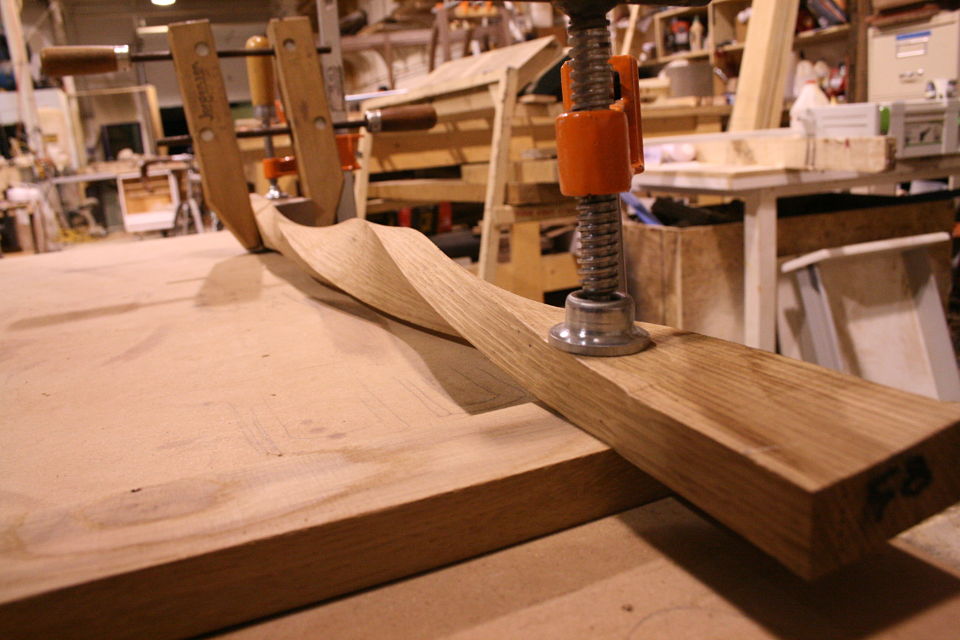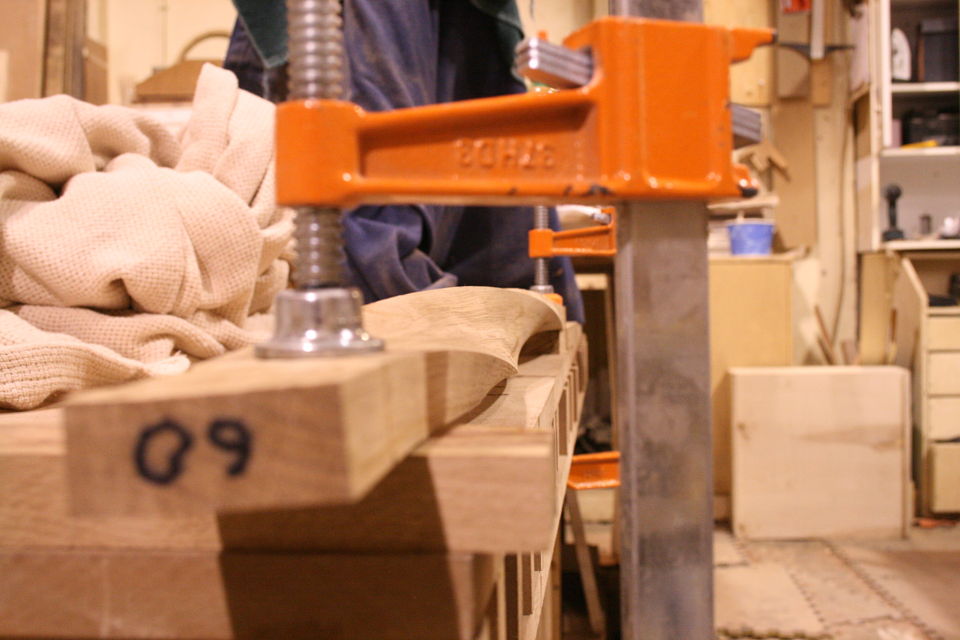Just a moment of reflection while I wait for some veneer to arrive for the “Origami Chair.” I’ve had a lot of help along the way, thanks to everyone whose been a part of getting me to where I am, couldn’t have done it without you folks. I only have pictures of a few of you, but this post is for all of you.
Author Archive | reed
You call that a form?
It has been quite the journey since proving the folded paper concept could work. I have gone through many, many sheets of particle board / mdf and more coffee than I care to admit. It has taken days to build, and days to refine and alter. This form could likely keep the building from flying away in case of a hurricane at this point.
I am not entirely sure how I managed to sort it all out, but somewhere amongst the caffeine and sleepless nights (possibly related) I sorted through the angles, and the angles where angles meet angles.
The form is composed of 6 separate torsion boxes. Together they give me the angles I require, or at least I certainly hope so.
With the form “complete” I needed to devise a clamping strategy (no way this contraption was fitting in the vacuum bag). A clamping caul system was the only way I could conceive making it work, and so the adventure of making an elaborate set of clamping cauls began. 1.5″ thick mdf formed the platens (compound angles meeting compound angles) that would sandwich the veneer with “sprung” beams running across them. Because I won’t be able to get a clamp into the center of the panel and I don’t own any 12″ deep clamps I needed to “spring” the beams. Basically the beams are touching in the middle (peak of the triangle profile) of the platen and around an 1/8″ high on each end where the clamping pressure will be applied. As the clamps get tightened they will close that 1/8″ gap creating more pressure in the middle of the platen. Simple stuff really.
This is the first of two forms that will be used to make the chair. This one will be used to create a bent ply panel that will form the back rest, arm rests and back legs.
Origami Chair
This past autumn I was commissioned to build a chair by a student in the Chair Design class I was co-teaching with Jeff Miller at the Center for Furniture Craftsmanship. During the brainstorming / model making / getting creative energy flowing exercise the student (Jed) came up with a captivating model by “simply” folding paper together into the form of a chair.
I wish I had decent pictures of the model, but let me tell you, Jeff and I were both immediately drawn to this concept and the potential it had. After a day or two of head scratching our collective brain power was getting pretty mushy, Jed’s chair was redesigned capturing some of the elegant lines the model had into a design Jeff, Jed and I were confident in Jed being able to build in just over a weeks time. By the end of the class Jed had created a striking, sit able chair, but he longed to see that original folded together model come to life. Jed commissioned me to make the original design, the endeavour took on a new life.
I knew I had gotten myself into a pretty hefty challenge, but let me tell you, I greatly underestimated what lay ahead. Fold some veneer here, fold some veneer there, voila, chair. I knew it was going to be labour intensive, but what I did not anticipate was the mathematician level of trigonometry / master origami problem that lay before me.
I started in my sketchbook (like always) and came up with a few reiterations of the chair I was content with and started trying to decipher just how to build one of them. After more head scratching I realized I was chasing the wrong concept altogether, and that in reality I wasn’t pleased with any of the three concepts I was initially working on. I was trying to merge Jed’s original model, his finished redesigned chair and something I thought would be comfortable into a pretty little package. I had ended up in a place with a chair that lacked a cohesive look and feel, I reached out to Jed wanting to discuss the project with him. Jed had no interest in seeing and adding input on the designs, he wanted me to find the right design for myself, to look past the hangups and let my voice be heard. It was a deflating and empowering moment all at once. I took a long walk, enjoyed some fresh air, and realized I needed to go back to the start. I got out the paper, and for what seemed like days folded together both model sized and full sized chairs. From here my current concept was born. I ended up straying a bit from the original model Jed had folded together back in September, but have found a direction I believe will lead to a very unified, refined looking piece.
The plan is to make the chair out of just two parts, seems easy enough right? The first part will be a bent panel that makes up the back rest, arm rests, and back legs of the chair. The second part will be a bent panel that makes up the front legs, seat, and another set of back legs. The two panels will then be joined (glued and bolted) up the back leg. Both panels will be pressed out of commercial veneer with alternating grain direction to essential be shop made plywood, this way it will be strong and stable. There will be relief cuts in the veneer to allow for the panels to split apart (top of the back rest and front of the seat) where the panels change the plane they are being bent on.
Pictured below are a few (of what seems like hundreds at this point) of my mockups. They are cut from paper, cardboard, and one version made out of plywood to get something rigid enough to take angles from and sit in to work through ergonomics.
I know it doesn’t seem like much yet, but stay tuned, this will be a learning intensive journey for everyone involved.
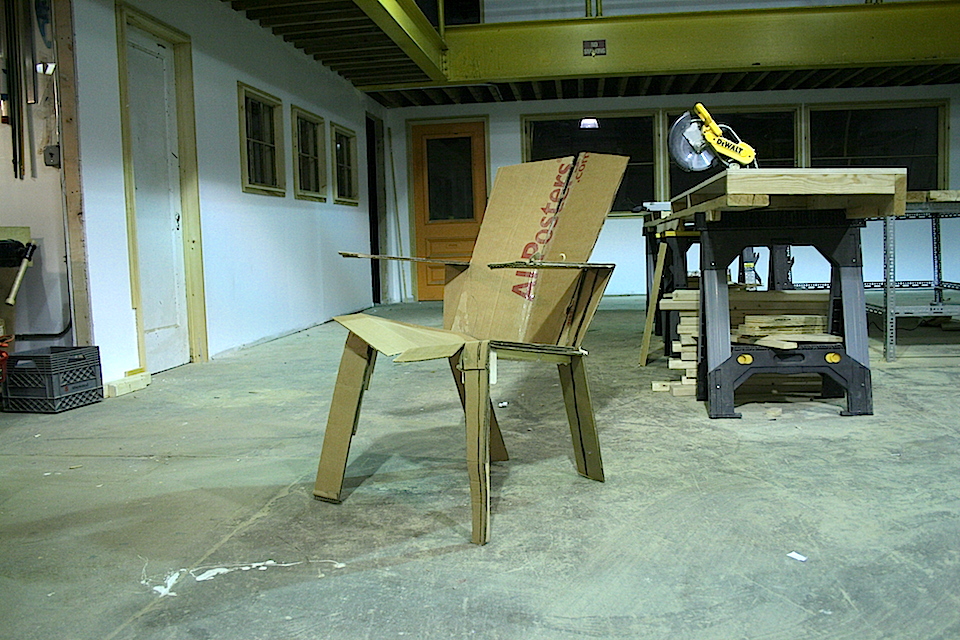
Rocking Chair Debuts at the Interior Design Show
 I know it has been a long time between posts, the business and life side of all this took priority for a little while. Through January and February I was preparing for and exhibiting at the Toronto Interior Design show as well as relocating to Brooklyn, New York.
I know it has been a long time between posts, the business and life side of all this took priority for a little while. Through January and February I was preparing for and exhibiting at the Toronto Interior Design show as well as relocating to Brooklyn, New York.
In this post is a picture from the show as well as the most recent piece produced, Rocking Chair No. 1. It is walnut construction with a steel subframe, the steel gives the piece the structure it requires to take the load of a person. The cool (and somewhat unexpected) thing about it is the chair has no noticeable flex from the cantilevered seat or back, but has a slight flex side to side. It allows the back and seat to move independently from one another as the sitter adjusts in the chair.
I will go back in the coming weeks to post the process of creating this chair as well as posting about a new chair commission I am in the midst of currently designing.
Thanks for following, hope you enjoy.
Bar Stool Prototype
Recently finished up the walnut prototype of the counter height bar stool I began designing while co-teaching the chair design workshop with Jeff Miller at the Center for Furniture Craftsmanship this past October. The minimal structure and clean kinked lines was inspired by a students chair design. The miters joining up in the back of the stool to give the “birdsmouth” look came about as a bit of an accident, a pretty happy accident perhaps going back to my days sharing studio space with Brian Reid.
Already there are some changes I think I would make in the next reiteration. For one I think I would like to pull the foot of the back leg in a some, the stance is a little too extreme for my taste. A wise chair maker once told me, “every chair you ever build is a prototype, you will always see improvements you can make no matter how many of them you have made.” With that said I would like to welcome the counter height bar stool no. 3 to the family and look forward to testing this one out and developing it as time goes on.
Dining Table No.1 Finds Its Home
Dining Table No. 1 has arrived in its new home. I was enormously nervous while delivering this table, I was unsure of how stable the table would be but was very pleasantly surprised to find I could actually sit on the outer edge of the glass without the table so much as budging. Relief.
The current piece of glass is from the clients old dining table, they plan on purchasing a longer piece of glass that may have some shape to it. I will professional photograph it once the real top has arrived.
Removing Water Stains
The slats have all been fit on Dining Table No. 1. After having steamed and twisted the 66 white oak slats they had a lot of water stains on the slats. The water stains were on the slats when they came out of the steam box, I can’t say for sure why but my hunch is I didn’t have them spaced out enough and/or condensation was dripping down onto the slats throughout the steaming process. In most cases I wouldn’t worry to much about it, just scrape and sand until clear. However the design called for the outside face of the slats to have a bandsawn texture, this meant I was going to have to find another way of removing the water stains.
Some internet searching led me to find an organic compound solution, oxalic acid, which is a poison found in rhubarb. I ended up in what I can only best describe as a mad laboratory studio in the east end of Toronto where I purchased a 100g of the powder. Mixed roughly 10 parts water to 1 part Oxalic Acid I began scrubbing away at the stains with a wire brush. The test proved semi successful, although the stains were mostly gone the colour in the wood went with it leaving a sort of washed out dirty bleached look. It was undesirable for the finish I was looking to attain and meant going back to the drawing board.
With no real explanation as to why I thought it would work I decided to try and steam the stains out (last resort). Armed with my second hand iron and a wet clean rag I began steaming the water stained spots. Much to my disbelief the stains were lifting right out of the wood and actually transferring onto the rag. Some of the darkest spots took a couple tries but in the end I was left with clean (and wrinkle free) slats. I prepped them for finish by using the wire brush in line with the bandsaw marks to clean the slats and sanded a small chamfer on the edges. Few coats of wipe-on-poly later and I couldn’t be happier. As much as I had fun with my brief organic compound trial, I am thrilled that steam was the solution. Be it bending, twisting, fixing dents or removing water stains, steam is the trick.
Drawing and Erasing, and Erasing
This week I have spent a bit of time sketching Coffee Table No. 1 for a new client who is looking to commission the same table, just bigger, and rectangular. In order to work through the design in my own brain and determine pricing I needed to work out the piece in scale on paper. The top view and side view of the table are done to scale and are more for my benefit, the perspective drawing is to scale as best as my eye could accomplish and is more so there to give the client an idea of what the piece will look like.
Drawing is something that always takes me a long time. There is a lot of layout and erasing that happens, a LOT of erasing. It is something that I am constantly improving at, for the sake of reference I have the perspective drawing from the original coffee table design that I sold a different client this time last year. Gives you a bit of insight into how my drawing abilities have progressed in even just this last year.
As my aesthetic develops into designing pieces using lots of parts to achieve an overall greater form I wonder if my time might be better spent learning how to design on a computer. At the end of the day I just enjoy drawing by hand, probably for the same reasons I enjoy making furniture by hand. Not to mention I think there is something kind of special nowadays about showing up to a clients home with a sketchbook and a pencil to show them concepts rather then a laptop.
66 Slats / 198 Fasteners
With the white oak slats twisted into shape and drying it was time to layout exactly where each slat was going to attach to the frame and drill holes in the steel frame for where the fasteners would go. It took a few tries to get the spacing right with the dividers, a centreline was scribed and the holes were set with a punch and hammer. The steel base was clamped down to the bed and using a jig that held the drill parallel to the bed 198 holes were drilled through the 3/16″ thick steel. 37.25″ of lineal steel were drilled through over the course of two days.
As the 66 wood slats got fit into place the same drill jig was used to drill out the wood slats for the fasteners.
Twist and Shout!
A little while back we were twisting the 3/4″ thick by 2″ wide by 34″ long white oak slats to make up Dining Table No 1. We were doing this with kiln dried wood, which typically speaking doesn’t steam bend all that well, but given that the most extreme twists for the table are around 45 degrees we tested it out, and it seemed to work without any problems. After one long day and some 70 slats twisted and clamped to the metal base to dry we decided to “test the limits” with the few that remained in the steam box. The slats were steamed for roughly 2-3 hours at 200+ degrees fahrenheit, the results were pretty incredible, to watch the bending happen check out this video.

